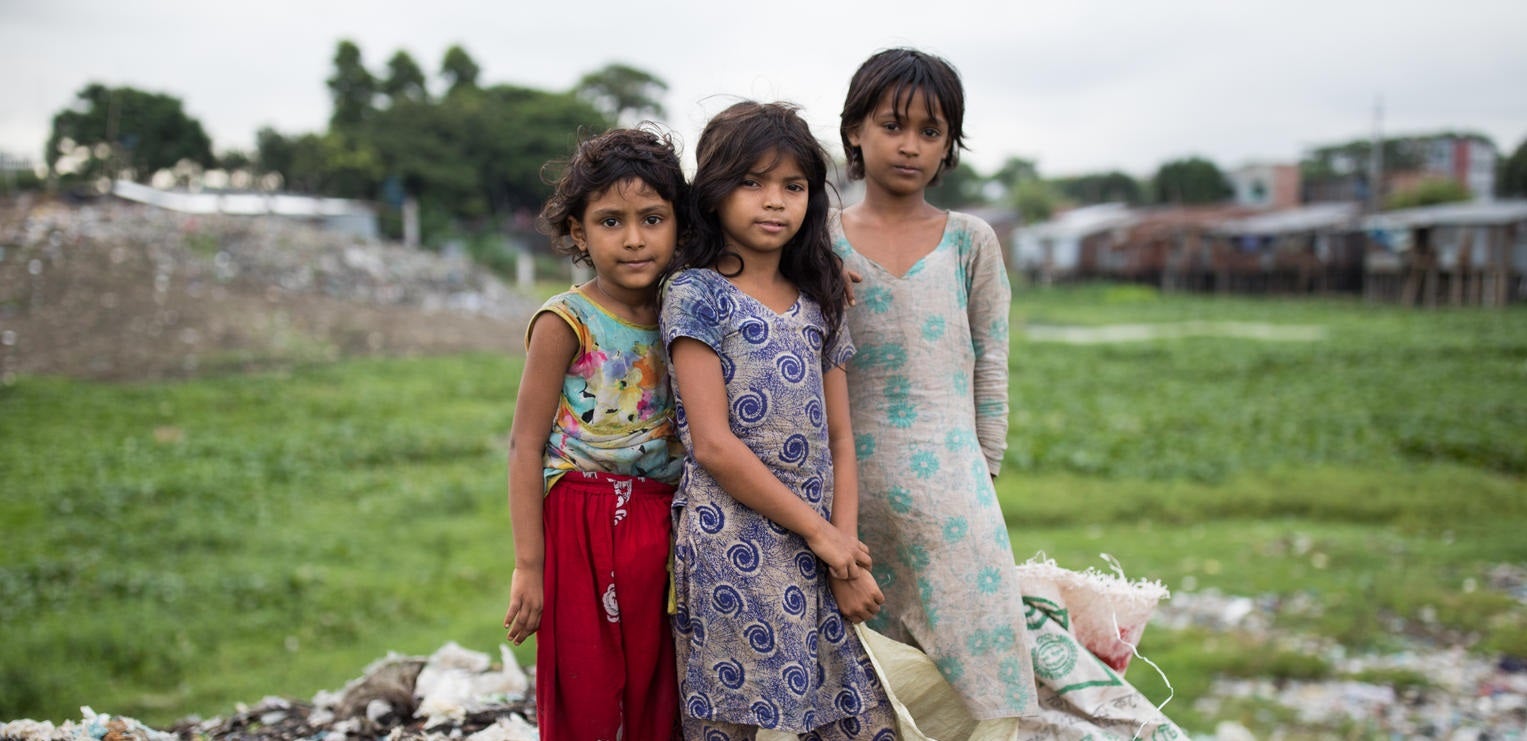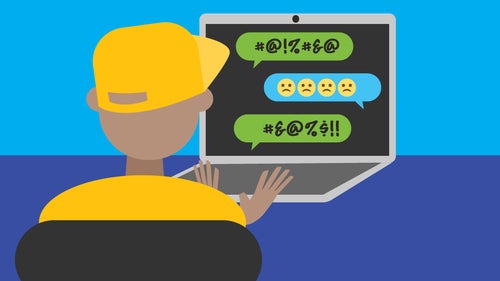Sharing content about your child
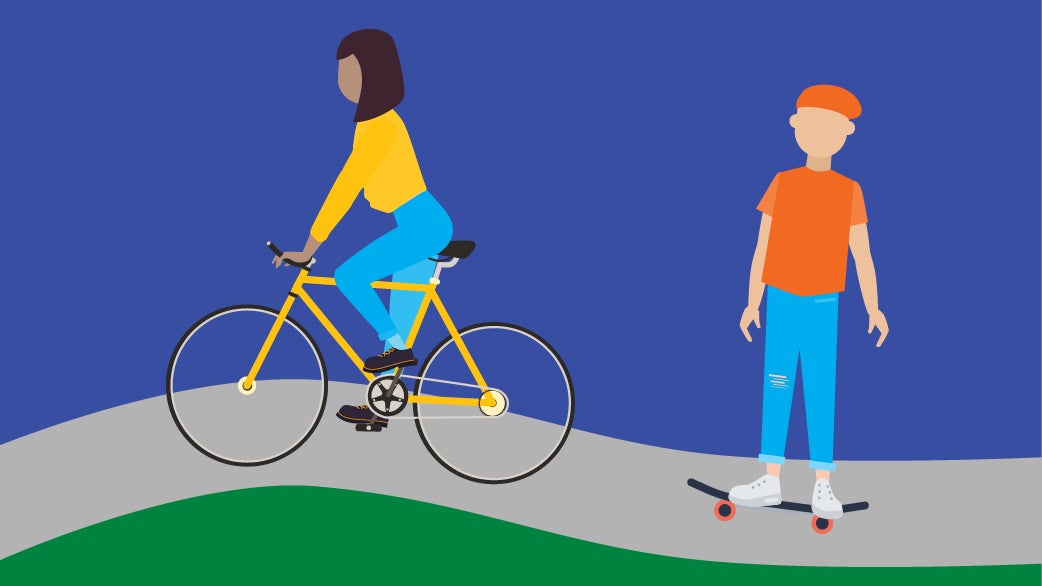
In today’s world, the average child has over 1,500 images posted of them online before they turn five…
we need to ask ourselves, what issues do children face when the adults in their lives post content about them online?
Sharing photos and videos on social media is a great way to celebrate your child’s achievements and milestones with family and friends. It is also common for aspiring athletes and performers to use social media to showcase their talents and attract attention from sponsors and high-performing institutions and colleges. However, parents and caregivers need to be aware of the potential risks involved and ensure their child’s privacy, safety and mental wellbeing.

Why parents share content of their children online.
Parents share content for various reasons.
- To stay connected with loved ones.
- As an influencer, their child becomes an extension of their online persona.
- To manage social media profiles for their children who may be an aspiring dancer, model, gymnast, YouTuber or content creator.
What are the privacy concerns with posting images of children online?
Once a photo is online, you lose control over who sees it and how it’s used – for good or bad. All content posted of your child forms part of their digital footprint, which can have long-lasting effects.
Parents, carers and even the child themselves, might unintentionally share personal information in the images and videos they post, such as where the child goes to school, what they like to do, and where they live, play and holiday.
Even seemingly innocent images can be easily altered and/or sexualised, such as images of children in the bath, wearing swimwear or tight clothing, or doing dance or gymnastic routines.
We should be privacy-preserving and limit the amount of personal information we share wherever possible. Before posting any photo or video, we should pause and consider where that photo may end up and the risks it could pose.
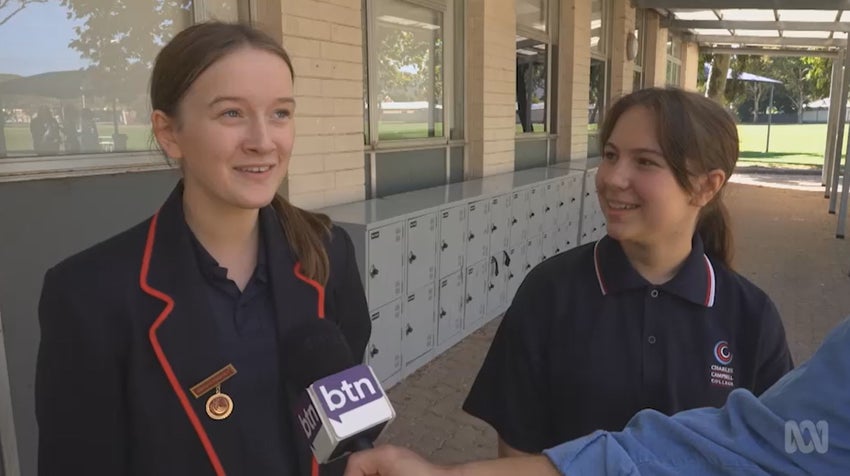
Should parents be allowed to share content about their kids online?
Young people talk to Behind the News (BTN) about how the content parent's share online impact young people.
Understanding the world of kidfluencers and content creators

What is a kidfluencer or content creator?
Just like every other social media influencer, a kidfluencer is a child with a significant social media following on platforms like TikTok, Instagram and YouTube, often managed by a parent or caregiver. They create authentic content on topics like gaming, fashion, beauty, sports, toys, and general vlogs (video blogs) about their day-to-day lives, influencing their audience and attracting brand sponsorship.
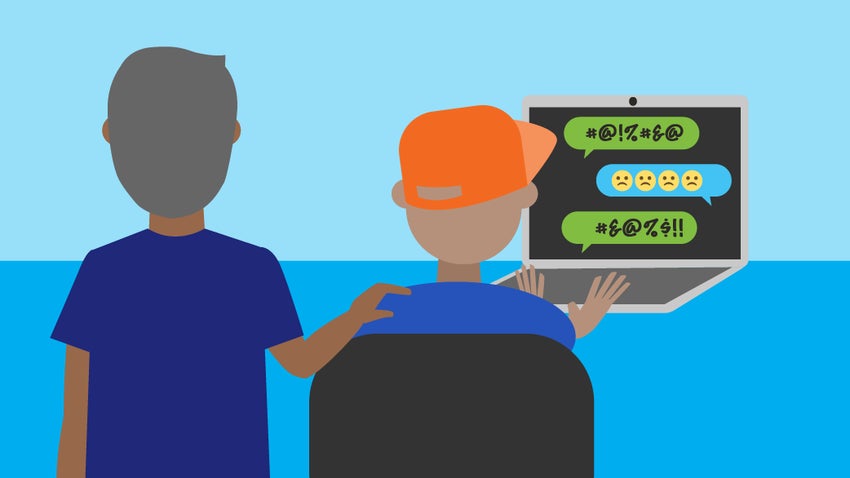
What are the risks of being a kidfluencer or content creator?
Kidfluencers can face increased privacy and safety risks given the amount of content posted about them online. The more personal information that is shared, the greater the risk of it being compromised. Given more people will see their content, they may also face increased negative comments and cyberbullying, which could impact their wellbeing.
How can parents and carers support their young content creators in a healthy and balanced way?
Supporting your child is about creating a safe, balanced and nurturing environment that allows your child to thrive in both the online and offline world.
Create clear boundaries. Ensure your child enjoys play outside of creating content.
Teach your child about online safety and privacy and the implications of not safeguarding it.
Use safety tools like blocking and show how to report inappropriate behaviour and cyberbullying.
Talk to your child about how you're sharing the content. If they're uncomfortable, don’t share it.
Talk to your child about the financial aspects of influencing and how to plan for their future.
Seek legal advice for contracts and sponsorships and ensure your child’s welfare comes first.
Prioritise education and encourage interests outside their online world.
Be proactive and monitor their content and the feedback in their comments and Direct Messages (DMs).
Encourage an active social life with their peers away from their online world.
Where to go for help or advice
If you need further help or advice on sharing images and videos online, please contact eSafety for more information and resources.
Contact eSafety

